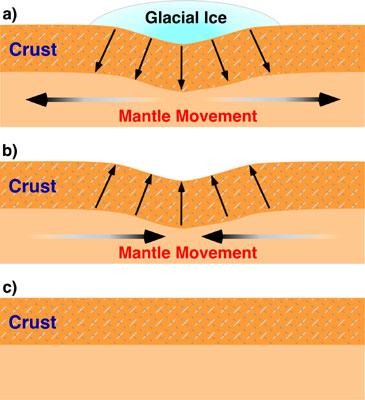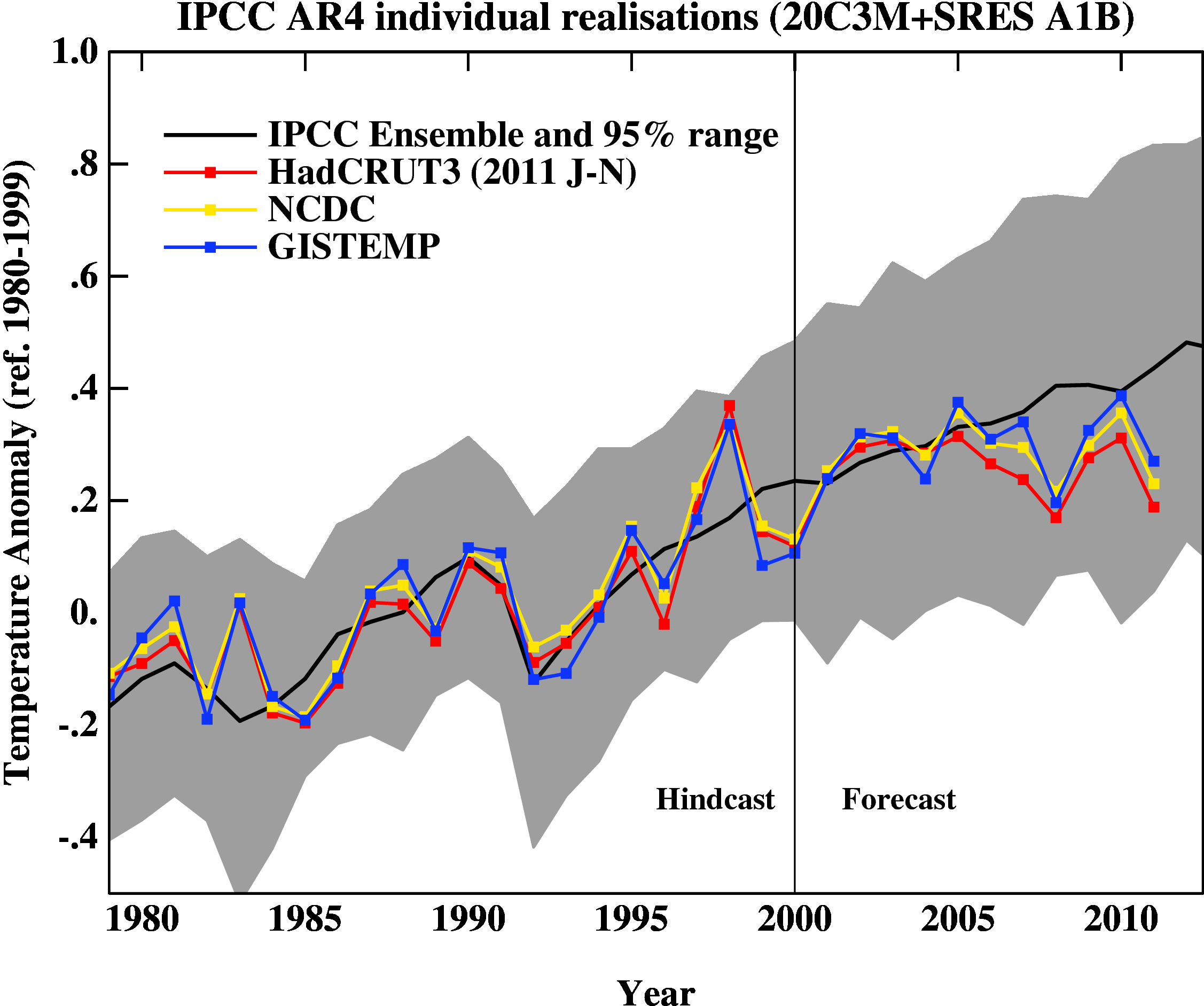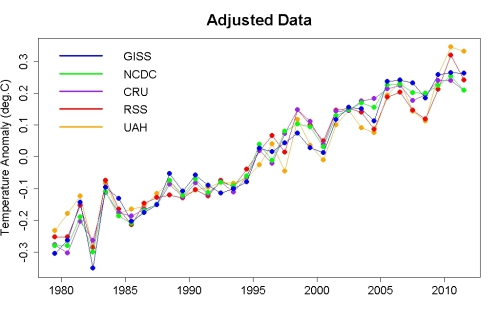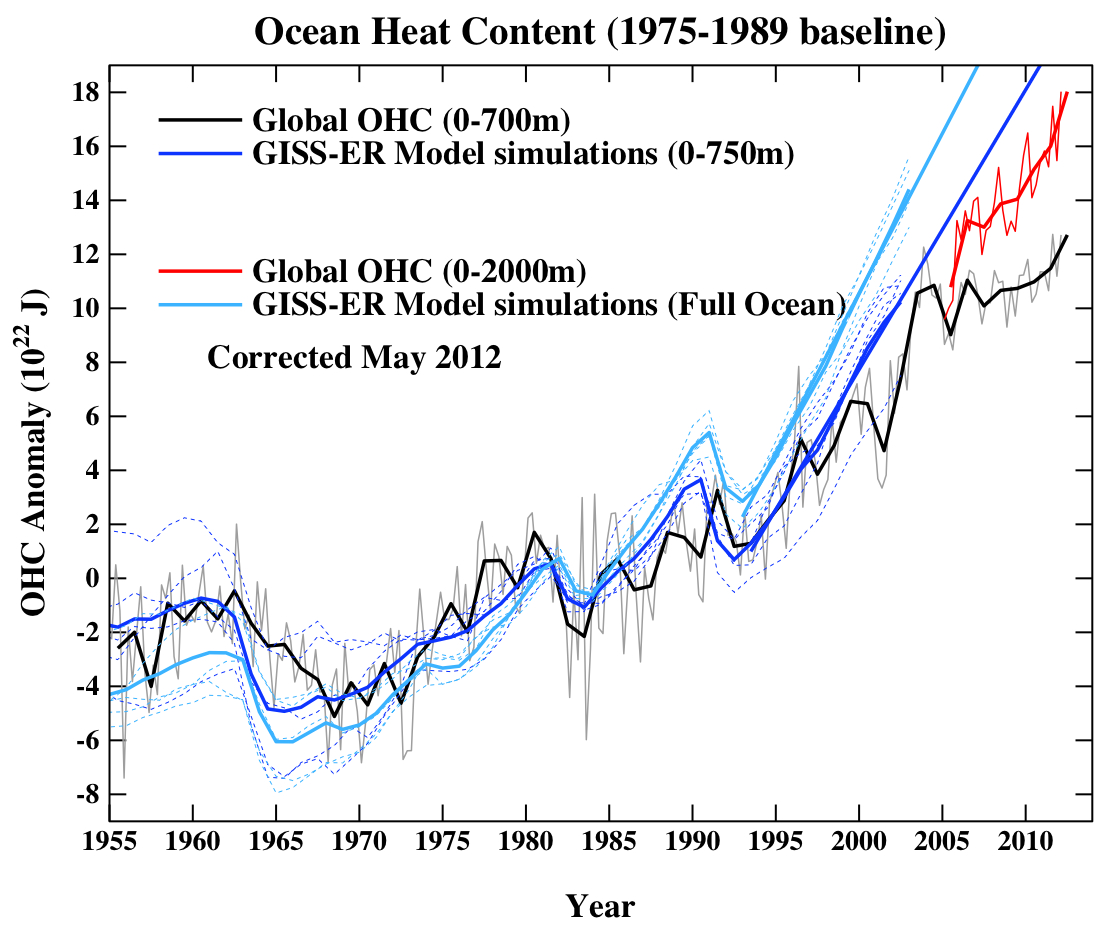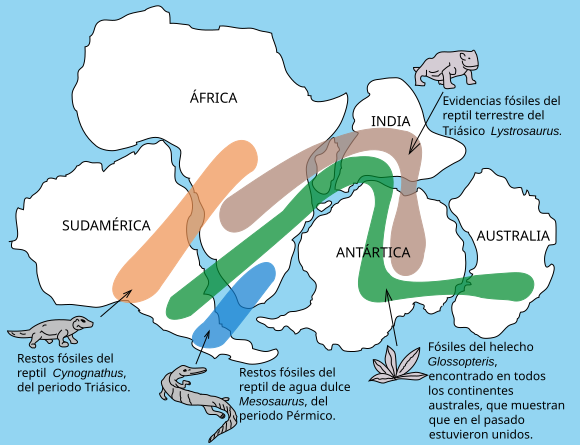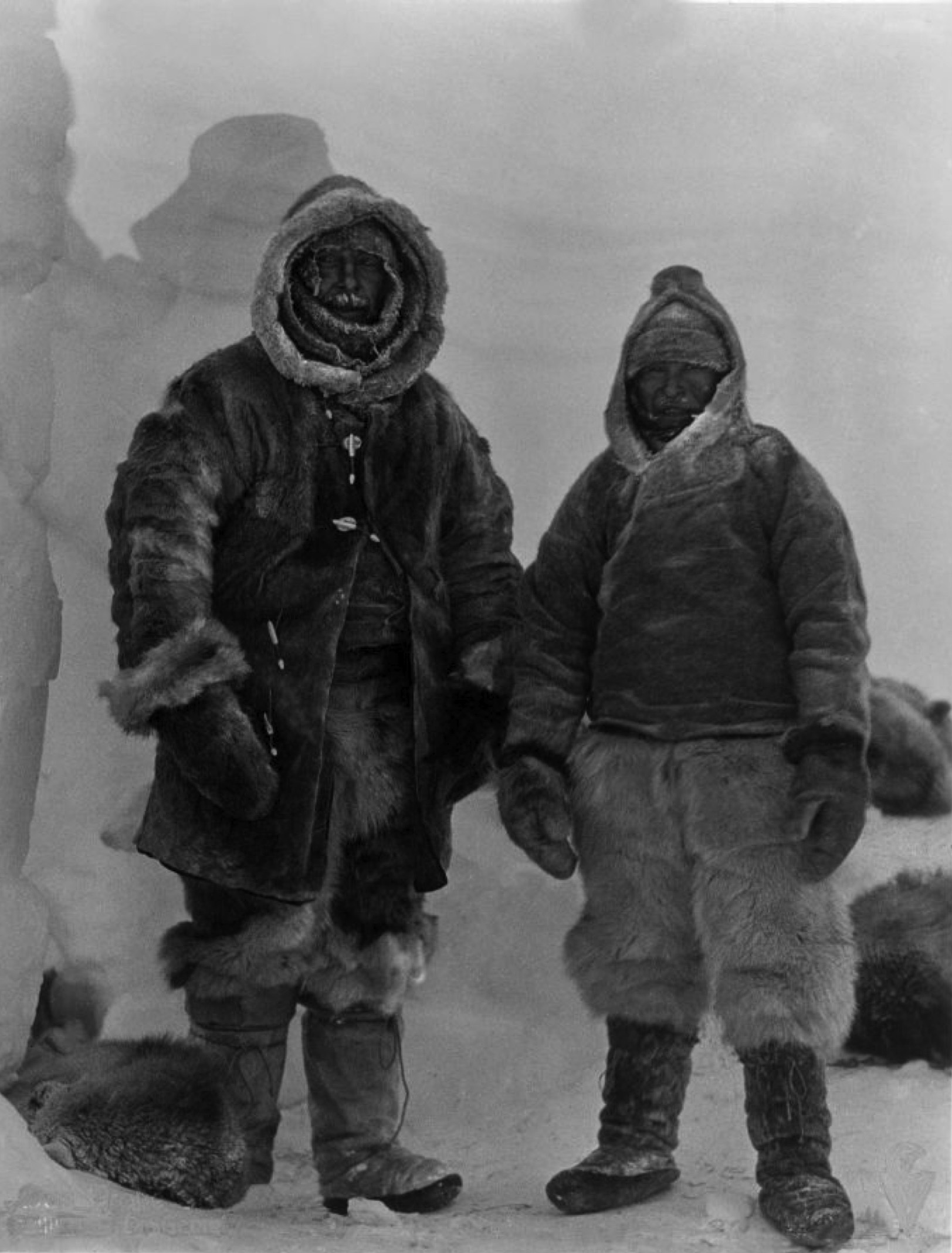¿Qué es la Crisis Salina del Messiniense?
Es una etapa en la evolución del Mar Mediterráneo durante la cual se depositó en su fondo una capa de sal que en algunos lugares supera los 2 kilómetros de espesor. Ocurrió desde hace 5.96 hasta hace 5.33 millones de años, la época en que aparecieron los primeros homínidos en el centro y sur de África, durante la
edad geológica del Messiniense. [la versión española del
artículo en Wikipedia es algo pobre, pero puede orientar]
¿Por qué se llama así?
El
Messiniense es la edad geológica en la que todo esto ocurrió. Su nombre se debe a la ciudad siciliana de Messina, Italia, con importantes yacimientos de sal de esa edad. Lo de 'crisis' viene del cambio tan acusado que se produjo en el tipo de materiales depositados, en el paisaje y en la ecología del Mediterráneo.
¿Cuánta sal hay acumulada en el fondo del Mediterráneo?
En partes del Mediterráneo oriental el grosor de la capa de sal supera los 2 km. Esto se sabe principalmente a partir de la exploración del fondo marino mediante técnicas de prospección sísmica, apoyadas con sondeos de varios kilómetros de profundidad. El volumen total estimado es de más de un millón de kilómetros cúbicos de sal. Esto significa unas 50 veces el volumen que se depositaría si el Mediterráneo se desecara una sola vez. Parte de esta sal ha quedado actualmente expuesta en la superficie continental (como en Messina) gracias a los movimientos tectónicos ocurridos desde aquel periodo.
¿La sal se incrementó o se redujo en esa época?
El volumen de sal en el planeta no cambió, simplemente el océano pasó (a escala global) a ser menos salado, al perder un 10% de la sal que contenía disuelta y depositarla en el fondo del Mediterráneo. Durante esta precipitación de sal, el Mediterráneo devino hipersalino, como el Mar Muerto en la actualidad, y actuó como una gran salina.
¿Se llegó a secar completamente el Mediterráneo?
La mayoría de investigadores piensan que la conexión con el Atlántico se cerró por completo y que del Mediterráneo, al evaporarse, quedaron sólo unos lagos aislados a más de 1 km de profundidad, pero es un tema aún de debate en los congresos (osea, el consenso no es total). La principal evidencia está en las gargantas excavadas por los ríos en los principales deltas durante la crisis. En el delta del Nilo, por ejemplo, esa erosión se propagó río arriba hasta Aswan. Sin embargo, hay sedimentólogos que han documentado peces fósiles de esa edad, algo que sería difícil de entender en unos lagos hipersalinos.
¿Es el único caso en que ha ocurrido algo semejante?
No. Por ejemplo, en el Mar Muerto ocurre algo parecido desde hace unos 150,000 años, en ese caso alimentado por el Mediterráneo. El proceso natural de desecación, que ha sido modulado por la variabilidad climática, está en la actualidad acelerado por el consumo humano del agua.
¿Por qué es importante la Crisis de Salinidad del Messiniense?
Desde el punto de vista científico, porque se trata del cambio medioambiental más extenso y brusco que tenemos bien documentado en la Tierra. Si se confirma la teoría dominante entre especialistas, no sólo este mar se convirtió en un enorme Mar Muerto durante unos cientos de miles de años, sino que seguramente acabó desecándose casi por completo, exponiendo su fondo marino durante un largo periodo comparable de tiempo. Desde el punto de vista socioeconómico, hay que recordar que parte de los recursos de hidrocarburos del Mediterráneo están a menudo bajo esa capa de sal, que dificulta a las compañías las perforaciones debido a sus particulares propiedades mecánicas.
¿Por qué ocurrió este fenómeno?
El levantamiento tectónico de la región de la cordillera Bética (sur de España) y el Rif (norte de Marruecos) cerró progresivamente los canales de entrada (este
video puede ayudar a visualizarlo). Hay más detalles
en esta entrada. Fue como si hoy se levantara el Estrecho de Gibraltar y redujera la entrada de agua atlántica necesaria para compensar la evaporación en el Mediterráneo (el Mediterráneo descendería 1 metro cada año si no existiera esa corriente). Pero este levantamiento tuvo que competir contra la erosión que producía la propia corriente de agua de entrada, eso es quizá lo más novedoso de
nuestro artículo (más información en
este post).
¿Y qué implicaciones tiene esta competición?
La competición entre el levantamiento y la erosión del canal de entrada llevó a un equibrio que duró al menos 100.000 años. Si el paso de agua se reducía demasiado, el nivel del Mediterráneo descendía por evaporación, y entonces aumentaba el desnivel a lo largo del canal, aumentando consecuentemente la energía del agua entrante y la erosión que ésta producía. Y viceversa: al aumentar la erosión el tamaño del canal de entrada aumentaba el flujo a través del mismo, llenando de nuevo el Mediterráneo. Ese 'equilibrio dinámico' explicaría porqué la conexión permaneció reducida pero no suprimida durante tanto tiempo y porqué se depósito tanta sal (50 veces lo que se depositaría evaporante el mediterráneo una sola vez).
¿La Crisis Salina del Messiniense dio origen al Mar Mediterráneo?
No, el Mediterráneo ya existía antes y tenía una geografía parecida a la actual (excepto en zonas que han permanecido tectónicamente más activas, como Italia). Por eso se le llama 'crisis', es una etapa intermedia, un paréntesis crítico del Mediterráneo. Pero es breve, menos de 700.000 años, poca cosa en términos geológicos.
Ante el cambio climático, ¿es posible que este proceso vuelva a presentarse?
No en relación con el cambio climático.
Nuestra investigación, junto con estudios anteriores, sugiere que los ciclos climáticos no fueron la principal causa de la crisis, aunque sí modularan su evolución. El fenómeno del aislamiento del Mediterráneo podría repetirse dentro de unos millones de años, pero sería de nuevo por causas tectónicas, pues las placas africana y europea se aproximan a unos 4 mm/año y podrían volver a cerrar el estrecho de Gibraltar (a esa velocidad se necesitarían más de 3 millones de años). El problema es que los estudios de la tectónica de la región indican que la aproximación entre ambos continentes (el límite de placas) no ocurre a lo largo del estrecho, sino en otras zonas más al norte y al sur, aún mal determinadas. Por tanto el cierre del estrecho podría no volver a ocurrir nunca.
Si ocurriera, el proceso de desecación sería rápido, el nivel del mar descendería unos 90 cm cada año, que es el exceso de evaporación respecto al aporte de agua de lluvia y de los ríos en el Mediterráneo.
La relación con el cambio climático es más tangencial: si llegamos a conocer mejor cuáles fueron los efectos sobre el clima de la Crisis Salina del Mesinense, entonces podríamos usar este fenómeno tan extremo para calibrar mejor los modelos climáticos computacionales, y usarlos para entender mejor las causas del cambio climático actual.
¿Es cierto que esta crisis terminó cuando el Mediterráneo fue reinundado por aguas Atlánticas?
Es una hipótesis que tiene ya varias décadas de edad. En un
estudio anterior encontramos los mecanismos que explicarían una reinundación muy rápida y mostramos también
evidencias (imágenes geofísicas del subsuelo) que muestran efectos que pueden ser de aquel evento. Pero ese modelo debe ser aún valorado por el resto de la comunidad geocientífica antes de considerarse válido y probablemente será necesario encontrar más evidencias antes de alcanzar un consenso.
---
Actualización: Dejo un link al
artículo de divulgación sobre el mismo tema que he publicado en
Amazings.
